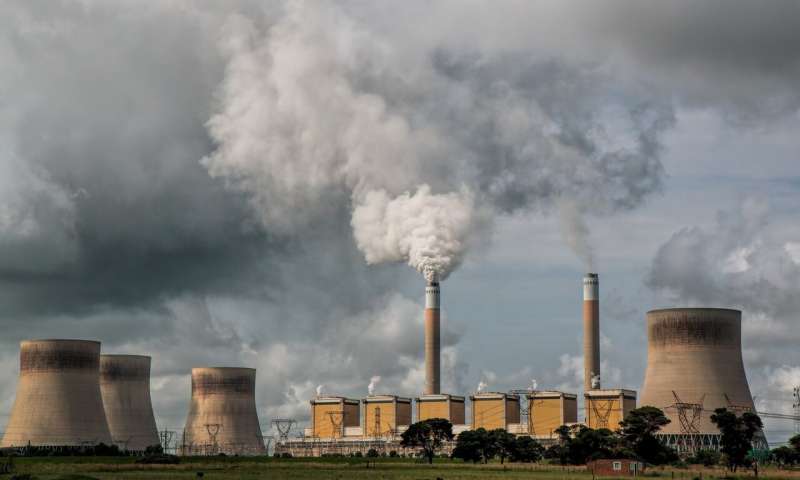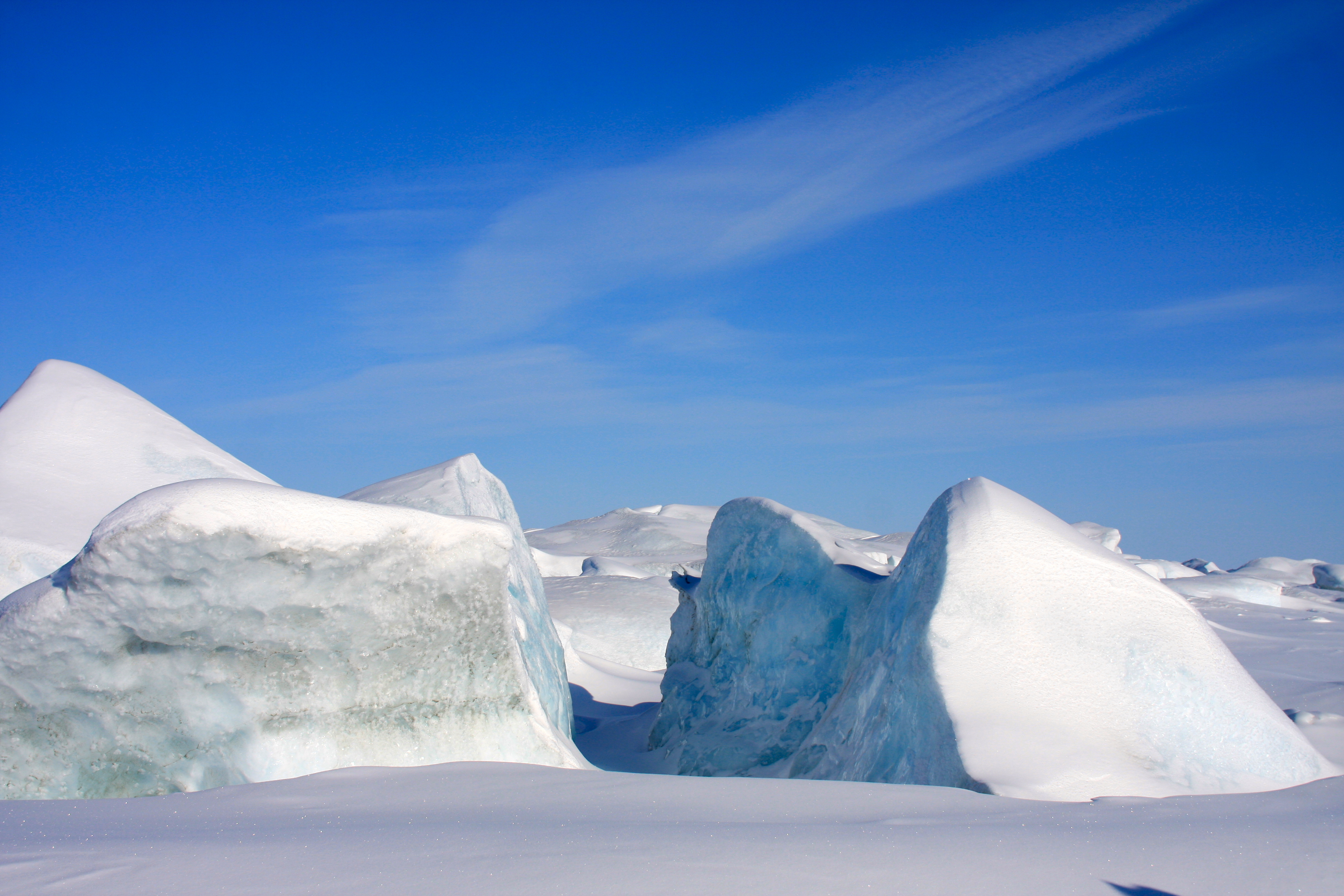
Nations around the world risk wasting $640 billion by continuing to prop up the coal industry rather than investing in less expensive and environmentally friendlier wind and solar power initiatives.

According to a new study, up to half of the world’s sandy beaches are at risk of disappearing by the end of this century if no action is taken to limit greenhouse gas emissions.

Thousands of glaciers in the northern Ellesmere Island Canadian territory of Nunavut have shrunk, losing an estimated 1680 km, in the past nearly 20 years.

Millions of people in Myanmar are threatened by flooding and rapid soil erosion caused by rising sea levels. One village of 1,500 residents had to relocate entirely, moving further inland to escape the rising water, and abandoning farmland in the process.

When researchers surveyed historical records for evidence of comparable wildfire seasons — not just in Australia, but across the globe. They found nothing approaching the scope of Australia’s devastation.

The island—named Sif after the goddess of Earth and the wife of thunder god Thor—is big enough for satellites to spot from space but had previously been hidden under ice. Climate change is likely to blame for the reveal.

US researchers have found a new species of soil bacteria that is particularly adept at breaking down organic matter, including cancer-causing chemicals that are released when coal, gas, oil and refuse are burnt.

We’re off to a hot start in 2020, with January setting a new mark as the warmest instance of that month on record for the globe. Europe through to northern Asia was particularly warm, and January ranked fifth warmest over the contiguous US.

Scientists project 70 to 90 percent of coral reefs will disappear over the next 20 years as a result of climate change and pollution. What's more, rising sea surface temperatures and acidic waters could eliminate nearly all existing coral reef habitats by 2100.

On February 6, 2020, weather stations recorded the hottest temperature on record for Antarctica. Thermometers reached 18.3 C (64.9 F). During the warming event, around 1.5 square km of snowpack became saturated with melt water.

Scientists are concerned, because HFC-23 is a very potent greenhouse gas, with one tonne of its emissions being equivalent to the release of more than 12,000 tonnes of carbon dioxide.

The number of people who are talking about fossil fuels as a real concern has increased dramatically over the last 12 to 24 months. Awareness of these issue may be growing, but global emissions are continuing to rise.
NASA released a radar animation that shows smoke from the fires 6,800 miles away in Chile. The skies over Chile have turned grey and hazy. Argentina has also seen sunsets tinged with red from the smoke.

The Australian Bureau of Meteorology (BOM) has released its annual climate statement for 2019, and found that last year was both the hottest and driest on record for the continent.

Apocalyptic scenes are playing out across Australia as bushfires have burned millions of acres and ravaged more than 1,000 homes in New South Wales alone. The new normal is not only more lethal, it's also harder to predict.